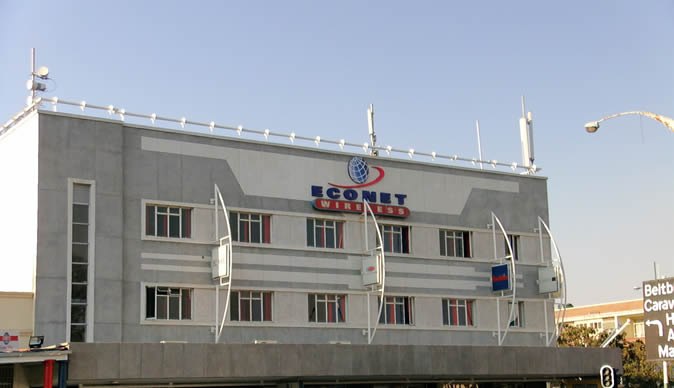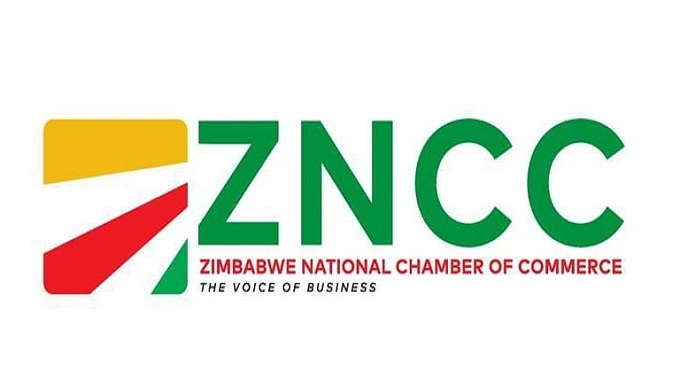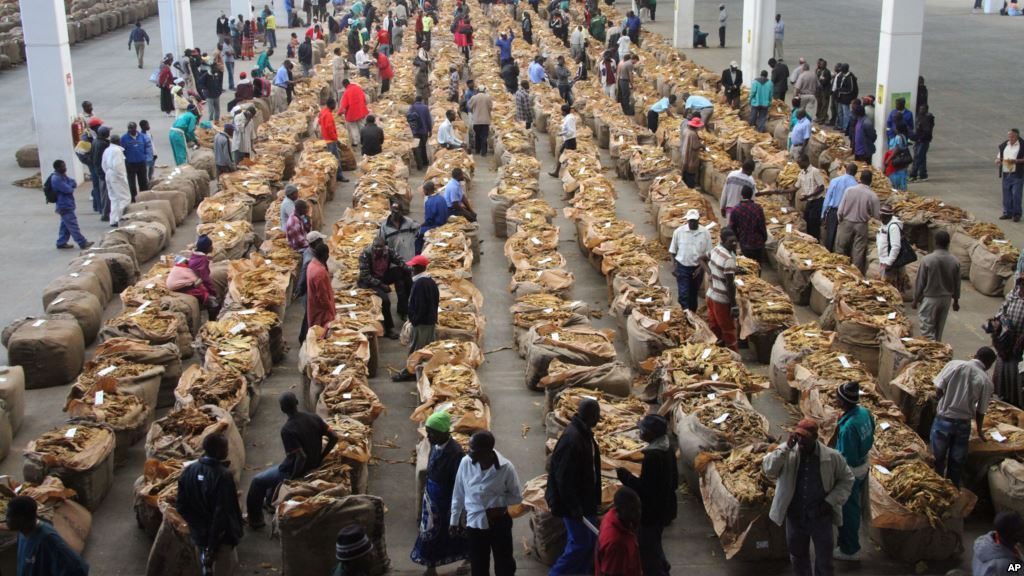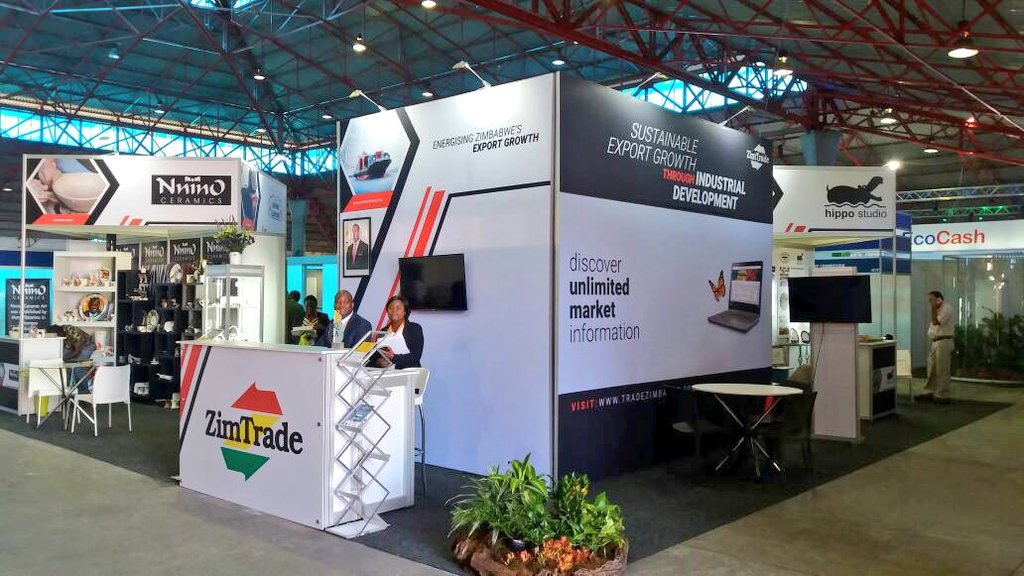Seize opportunities in Beira, Uganda, E Guinea-ZimTrade
LOCAL exporters should seize opportunities in the fast-moving consumer goods (FMCG), horticultural products, building, construction consumables and services market segments to supply to Equatorial Guinea, Beira (Mozambique) and Uganda, given the dependence of these countries on imports, particularly from Europe, US and Asia.
This was revealed at the Uganda, Beira and Equatorial Guinea Dissemination Seminar organised by national trade promotion body, ZimTrade, in Harare yesterday.
With a combined gross domestic product (GDP) of US$82,52 billion (Uganda US$49,27 billion), (Beira US$20,95 billion),(Equatorial Guinea US$12,3 billion), the countries present vast market opportunities for local suppliers of various products and services.
Equatorial Guinea is a significant importer of various goods, including beverages, spirits, beef, pastry, vegetable and meat preparations, cereals, sugar, eggs and furniture.
These commodities are currently sourced from countries such as Spain, Brazil, the Netherlands, Turkey, Germany, Poland, India, Indonesia and Malaysia.
Equatorial Guinea is a major importer of horticultural products.
These include apples, pears and quinces, fresh citrus fruit, fresh or dried vegetables, frozen dried leguminous vegetables, coffee and grapes; the majority of which come from Spain, the Netherlands, China, South Africa and France.
There are also opportunities for Zimbabwe to tap into Equatorial Guinea by supplying leather and leather products.
The products include saddlery and harness, travel goods, handbags, raw hides and skins, and leather. Currently, these products are mainly imported from China, the United Kingdom, Spain and the US, presenting a potential export opportunity for Zimbabwe. Uganda is a significant importer of various products, including cereals, animal food and FMCGs such as fruit juices.
The products are often sourced from countries like Egypt, the UAE, China, Spain and South Africa.
In 2023, Uganda’s imports of processed foods were valued at over US$957 million, highlighting the country’s heavy reliance on external suppliers.
Despite this reliance on imports, there are opportunities for Zimbabwean companies to tap into the Ugandan market.
According to a ZimTrade market scan, the demand for processed foods in Uganda is on the rise, driven by increasing urbanisation, growing disposable incomes and shifting consumer preferences towards convenience foods.
Zimbabwean companies can potentially supply products such as cereals, animal food, spaghetti, biscuits, and fruit juices to meet this demand.
Additionally, Zimbabwean suppliers can explore opportunities in the fresh fruit market, supplying products like oranges, apples and berries.
These products are primarily sourced from South Africa, Kenya and Egypt, catering mainly for the expatriate community.
In Beira, Zimbabwe is already a dominant player, exporting products such as Macadamia Nuts, dairy products, paper and paper packaging, black tea, processed foods, maize seed, ceramic and PVC pipes.
However, there are still opportunities for Zimbabwean companies to tap into the supply of other products, including non-alcoholic beverages, alcoholic beverages, cheese, soap and detergents, sugar, candy, soups, cooking oil, tea, cookies and biscuits, given the gap in supply of these products in the market.
“Today’s dissemination seminar marks a critical step in the effort of translating knowledge into opportunity and expanding regional trade presence, also supporting the AfCFTA agenda of increasing intra-Africa trade. So the three markets that we identified are high-potential destinations for Zimbabwean products. We have an opportunity to expand trade between our countries.
“Trade between Zimbabwe and Uganda remains very low. Total trade amounts to just one billion US dollars and if we are to split that further, you will realise that Zimbabwe is mainly exporting citrus and tobacco into Uganda, and there is no or minimal product coming from Uganda to Zimbabwe.
“Mozambique, our neighbours to the east, hold a pivotal position as Zimbabwe’s fourth largest global trading partner, and our exports have been increasing; in fact, the past year they increased by 23 percent from US$397 million.
“Equatorial Zimbabwe, it’s uncharted territory for us. It is a market that has vast potential.
“So this platform should be an opportunity to expand our trade to these three regions, namely Southern Africa, Central Africa, as well as Eastern Africa,” said ZimTrade Manager-Export Development, Mr Tatenda Marume, while representing ZimTrade’s chief executive officer, Mr Allan Majuru, at the event.
Mozambican ambassador to Zimbabwe, Carvalho Muaria, said regional countries should focus on expanding trade within African countries, emphasising that meetings and agreements that take place at conferences should translate into tangible production and export growth, rather than just discussions.
“We should continue growing trade within African countries, and these meetings should not just be talk shows but they should materilse into productions and growth of exports,” said Ambassador Muaria.
Representing buyers at the event, Mr Pius Obwor from Uganda, Mr Bruno Muragy of Equatorial Guinea, and Mr Jonathan Dzumbira of Mozambique, highlighted that the local suppliers should focus on consistent supply, high product quality, good shelf appeal, and pricing stability if they intend to conquer markets in their respective countries.
Uganda and Mozambique (Beira) also present greater opportunities for the local construction and services sectors, given that the two are experiencing a surge in construction projects, driven by urbanisation, modernisation, infrastructure development and significant government investment.
In Uganda, there is huge demand for building and construction consumables, which are largely imported from China, the UAE, Türkiye and India.
Both countries present an opportunity for the supply of PVC pipes, paints, roofing, doors and windows, wood and ceramics.
According to the World Bank, Uganda’s urban population is expected to roughly quadruple in the next two decades (2040) to 22 million, increasing urbanisation.
Mozambique is currently experiencing post-cyclone reconstruction and significant rebuilding efforts following the impact of Cyclone Idai (2019), spurring demand for construction services and materials, while Beira’s coastal environment needs constant reinforcements to ensure longevity.
In general, Mozambique is experiencing investment in roads, housing, ports, and public buildings supported by the government and international partners, while Beira’s urban population growth is increasing the need for residential and commercial buildings.
There is also a high opportunity to supply iron and steel products, given that Mozambique imported US$218 million worth of steel products in 2024.
This is a welcome development given that Zimbabwe’s Manhize Steel Project, which starting production, is projected to reach capacity of 600 000 tonnes per year, and can supply the regional market as the largest producer.
All three countries highlighted considerable demand for Zimbabwe’s agricultural implements, stockfeeds, hand-held implements, seeds and vet medicaments.
Potential in the supply of services covers technical expertise in the crop and husbandry fields. Mozambique and Equatorial Guinea showed keen interest in the supply of expanding maize seed production due to the growing need to have animal feed.-herald










